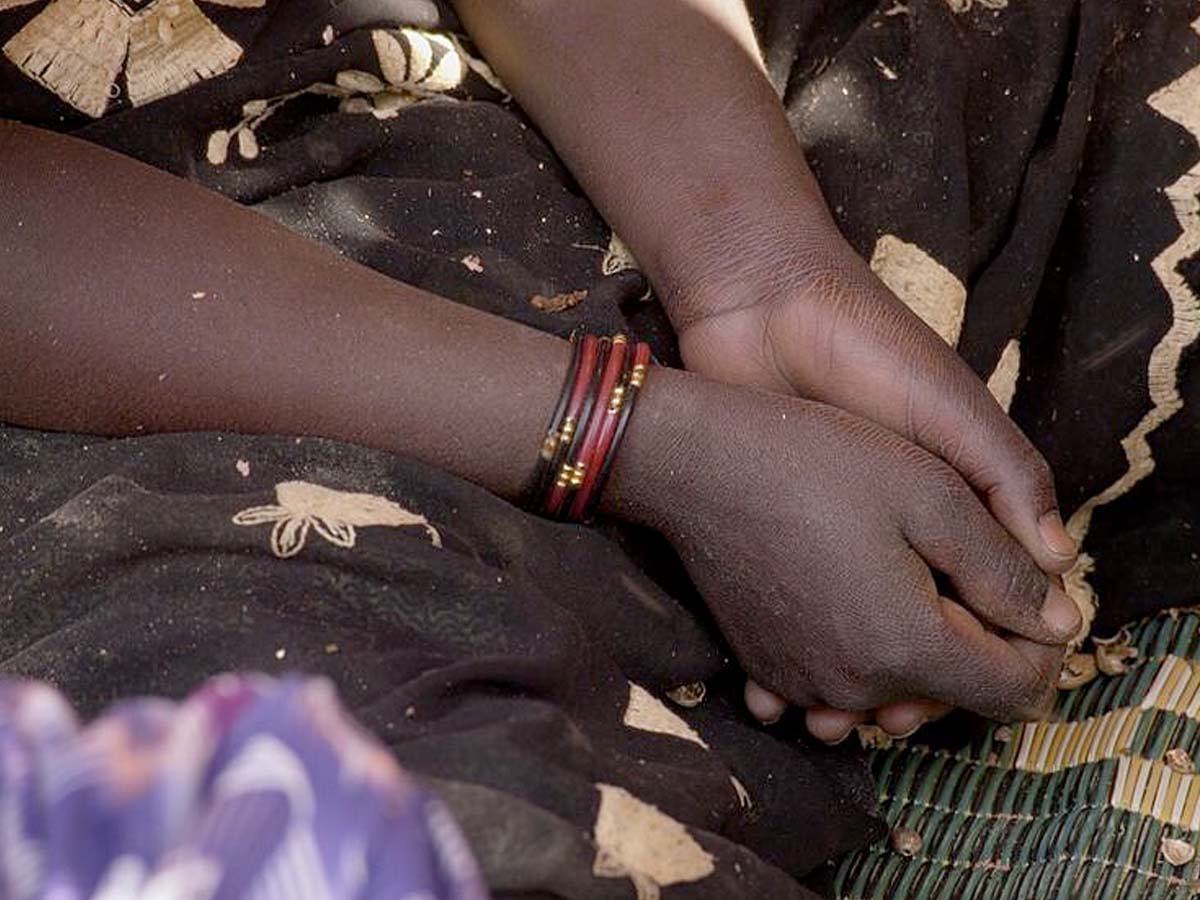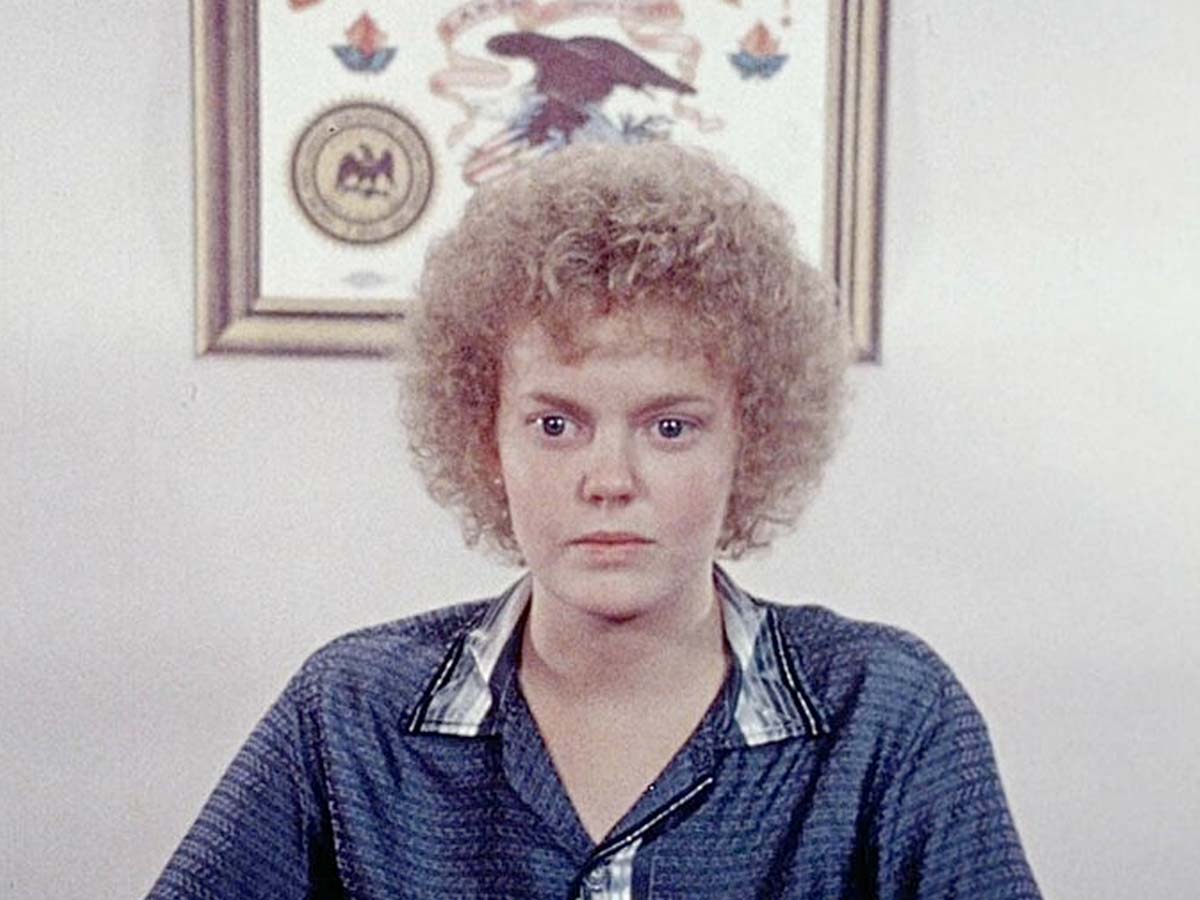“What a Machine!”
Short film programme in collaboration with Eva Van Tongeren, Art Cinema OFFoff and Ursula

On Wednesday, April 16, De Cinema welcomes Eva van Tongeren for the screening of her latest short film, Les mains qui travaillent. For this occasion, Eva has curated a diverse short film programme entitled “What a Machine!”, which carefully connects films by and with women that question the role of the camera. In collaboration with Art Cinema OFFoff, Ursula and Kortfilm.be.
Van Tongeren: “Every film in this programme is a learning process, an attempt, an act of attentiveness. Small deconstructions of production processes that emphasise materiality. Films about relationships between characters, between characters and a landscape, between image and sound. A programme reading the skin (of people, film, and landscape) as if they were political, feminist manifestos.
I surrounded myself and my work with filmmakers, educators, artists, and writers working on decolonisation, feminism, emancipation, and civil rights movements. The women I sought out all have the desire to free the body from stigma and shame and carefully transform it into a symbol of solidarity and strength, into something capable of softly demanding and achieving change. Films about orienting and perhaps even more about losing orientation.”
The programme will be introduced by Alex Schuurbiers and Ans Mertens from the Antwerp collective Ursula.
Programme
Programma

A song is played and interrupted. The lyrics refer to the eternal sunshine of California. We see two women, a bed, an armchair, and the beautiful outdoors. Lertxundi was inspired by Bruce Baillie’s 1966 short film All My Life.

The camera rotates around its axis, recording the space of a room as a succession of still lifes: a chair, some fruit on a table, a collection of lonely, waiting objects. There is the presence of a young woman: filmmaker Chantal Akerman herself, sitting on the bed eating an apple.

Artist Laura Grisi counts grains of sand in the desert to measure the passage of time. A task with no clear end, an endless repetitive action. The camera spirals around her, slowly revealing her figure, a landscape, the action, a cosmos, reminiscent of Robert Smithson’s film Spiral Jetty (1970). Where Smithson’s work imprints a sense of permanence on nature, Grisi emphasises the ephemeral touch of the body: attuned to energies that are alternately physical and intimate, scientific and spiritual.

This small cinematic exchange shows a women’s collective in Agadez, Niger. The camera zooms in on the hands of the working-class women, showing the harsh conditions of their daily lives. While separating peanuts from their shells, the women talk to each other about the men passing by and the filmmaker present. The brief encounter raises the question of how a camera can be used by both the women in front of and behind it to find a way to connect with each other while not sharing a common language.

A short portrait from the television show “Mosaique” in which a young Senegalese cook talks about her desire to travel through France and protests the designation “immigrant.”

An old instructional video on how to offer an afro haircut to white clients is interspersed with the testimony of Owusu’s mother, who worked as a hairstylist at a hair salon with predominantly white clientele. White Afro offers a rare perspective on the afro haircut as an undeniable hallmark of the “Black Power” liberation movements and also shows how non-Black hairdressers can use their salons as spaces for political change.

Tabita Rezaire is a media artist of French-Guyanese and Danish descent. Inspired by quantum and cosmic mechanics, Rezaire’s work is rooted in time spaces where technology and spirituality intersect as fertile ground to nurture visions of connection and emancipation. This early work is set in a hair salon where women congregate loudly, bickering and laughing. If you don’t enjoy yourself? What else do you enjoy?

Emma Hart sticks sellotape on her skin and then pulls it off. Pieces of skin remain on the tape. She then pastes the tape with skin on a 16mm film. “I made a film about how much space I take up, and it takes 11 minutes to watch,” Hart said.

